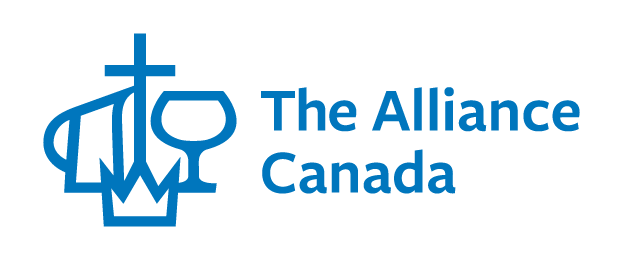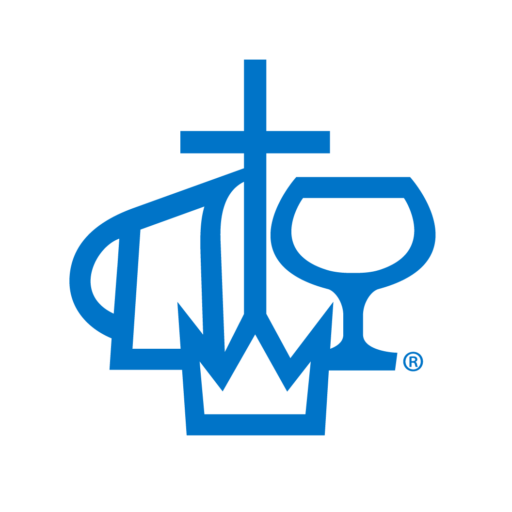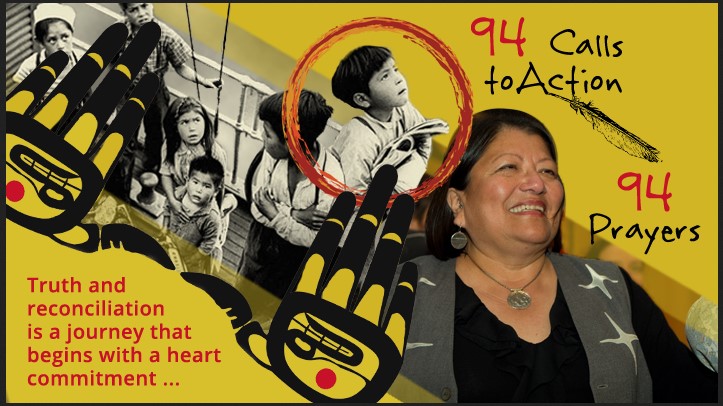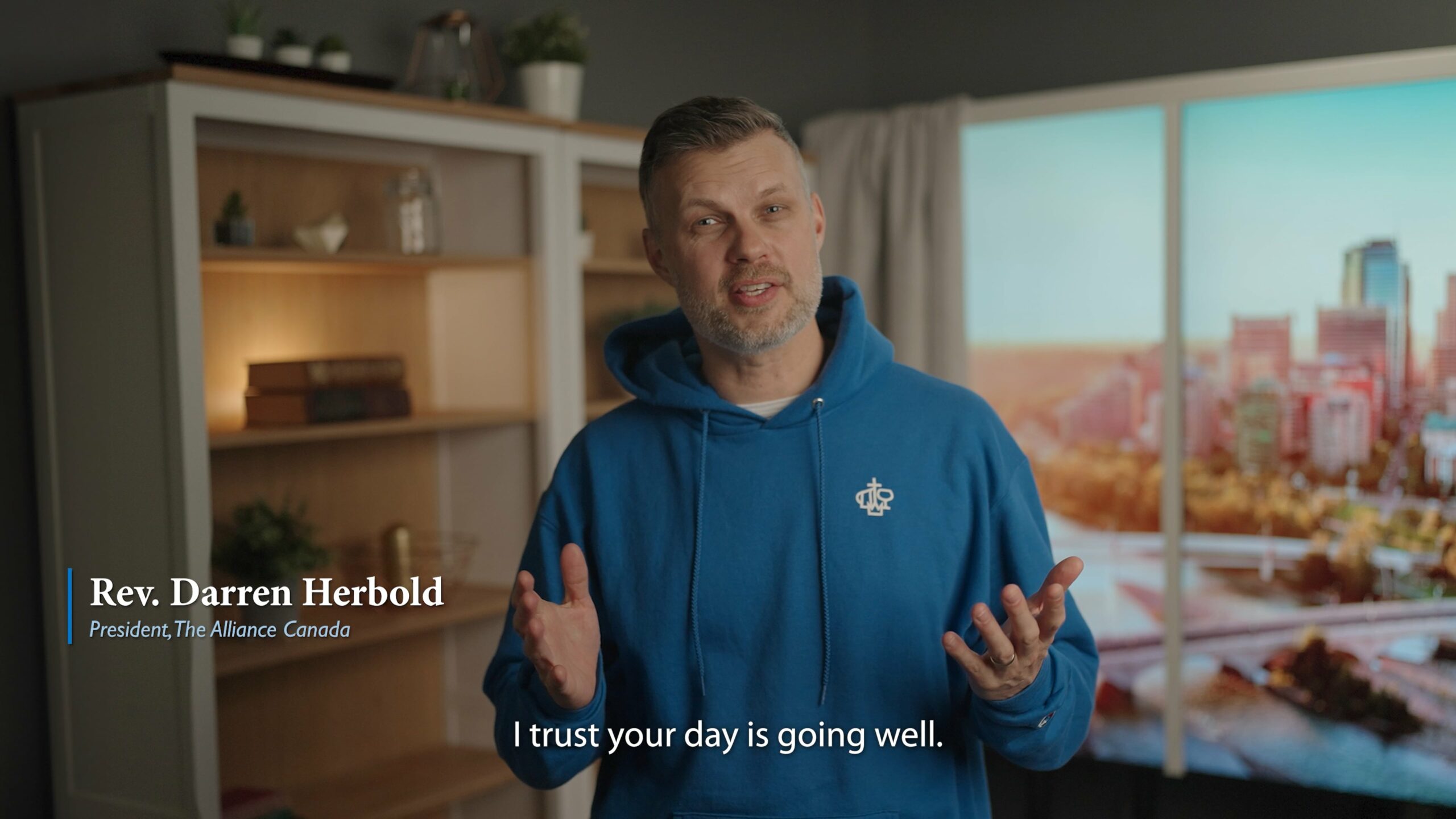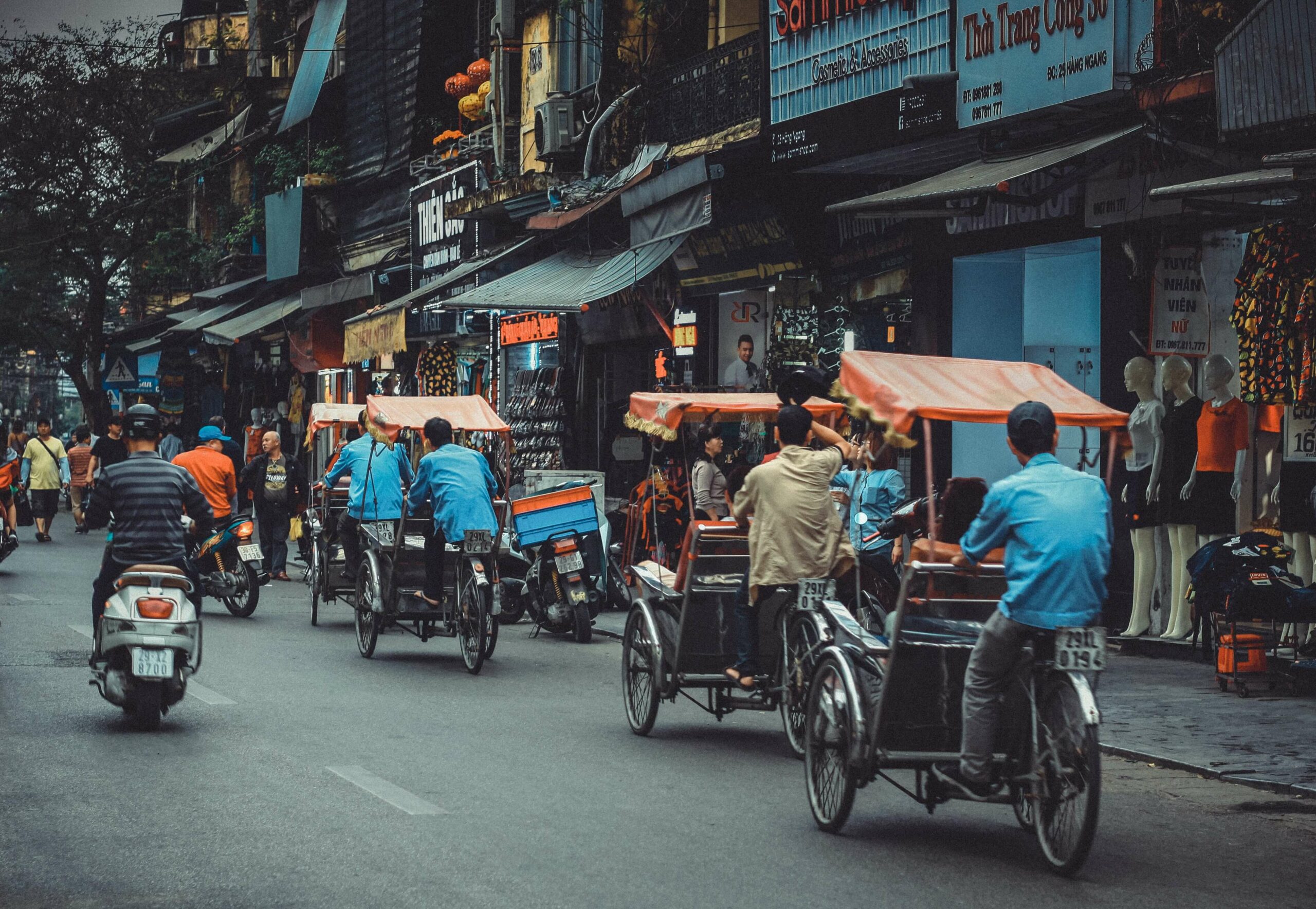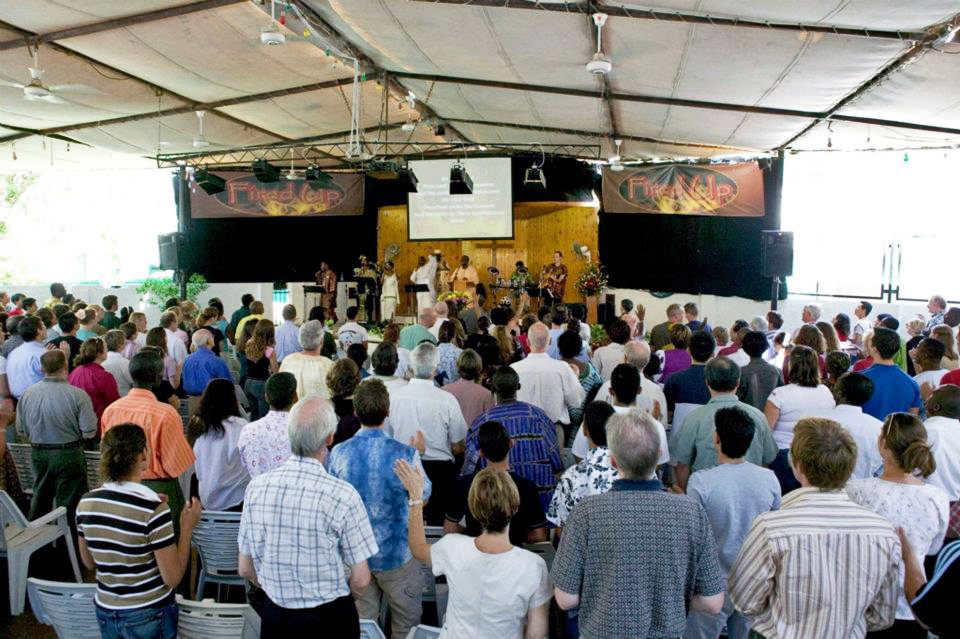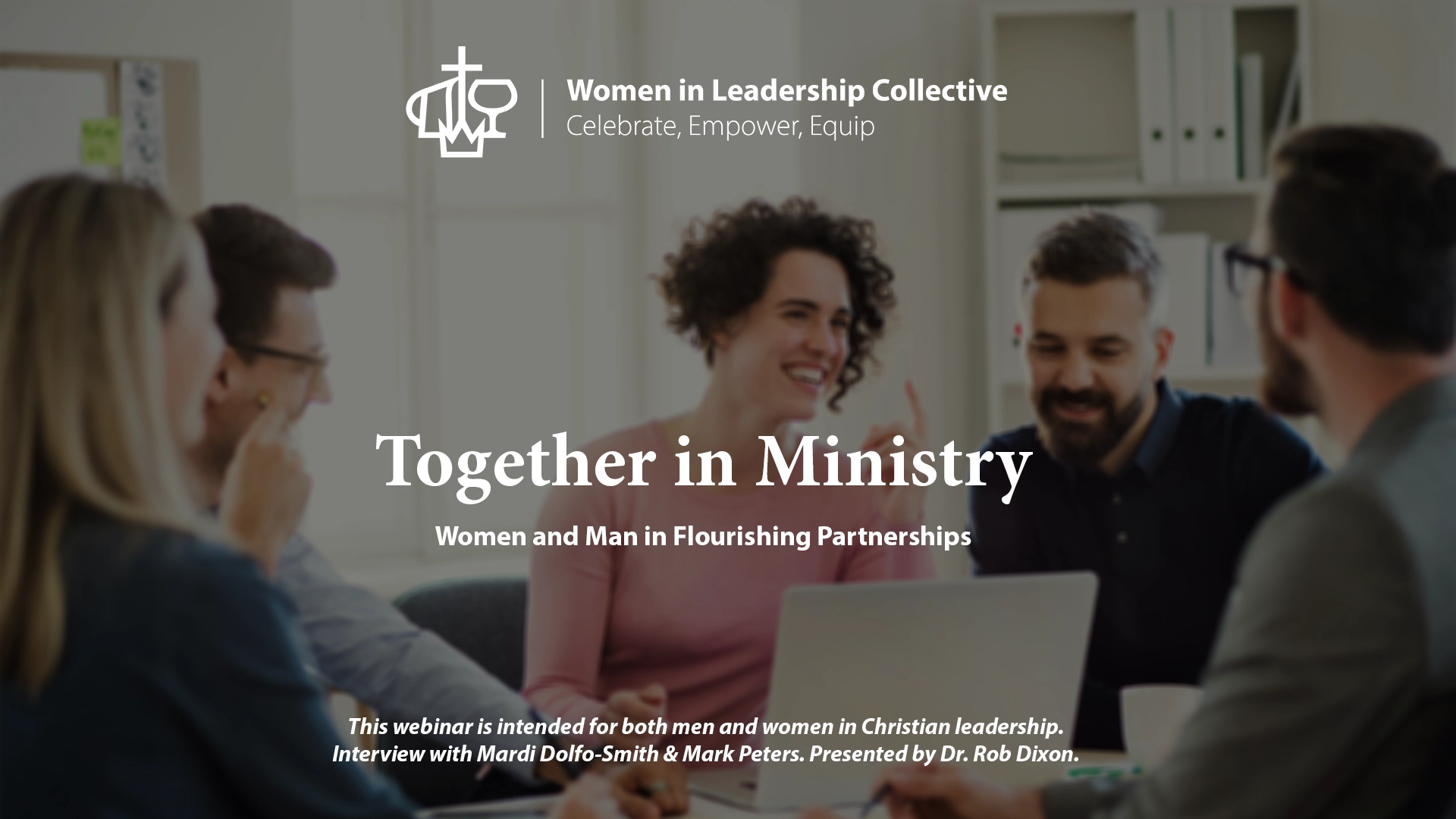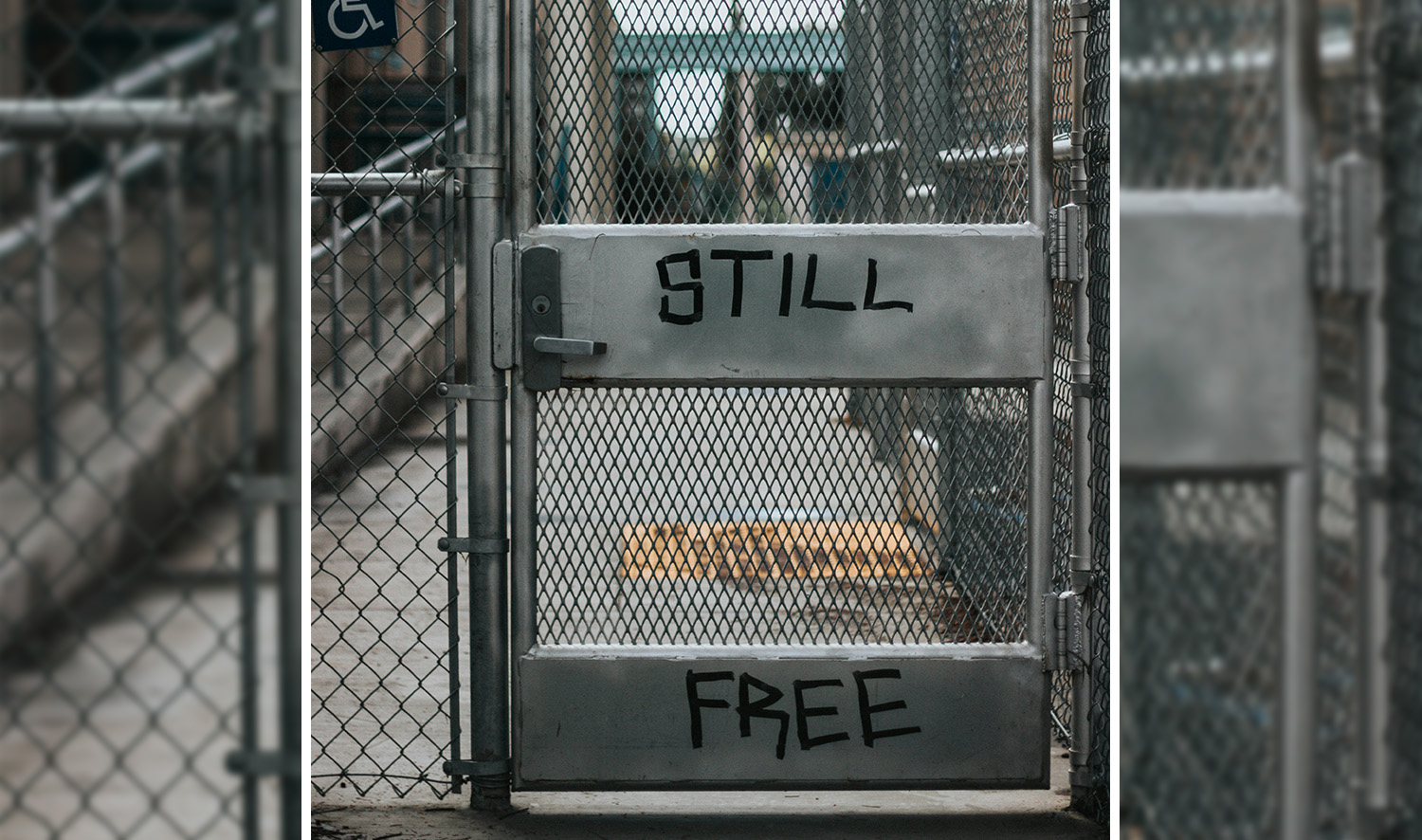Walking towards truth and reconciliation
There was hardly a dry eye in the room as thirty- five Canadian Alliance leaders experienced the Blanket Exercise, an event that traces the historic relationship between Aboriginal and non-Aboriginal peoples in Canada.
During the reflection time that followed, many shared astonishment of how ignorant we were of the events and policies that have caused so much pain for Aboriginal Peoples. We were challenged and inspired to take part in hearing and telling the truth and in being ambassadors for this that will rebuild relations in our nation.
The Difficult Truth
One of the truths that deeply moved us was the fact that seven generations of Aboriginal children went through the residential schooling system and were told that their lives were not as good as the lives of non-Aboriginal people of this country. They were taught that their culture, language, and traditions were irrelevant. They were stripped of their identities, removed from their families, and forced to believe that their ancestors were heathens and pagans.
At the same time, non-Aboriginal children were also being told that Aboriginal peoples’ way of life was uncivilized. How can healing and reconciliation come quickly when this perspective was taught for so many generations?
Reconciliation starts with dialogue. I will never forget listening to Larry Wilson, former director of the First Nations Alliance Churches of Canada, as he related his own family’s history. This was the beginning of my own conviction that I must intentionally increase my knowledge of Canada’s past.
Developing a New Resource
While God was working in my heart, another woman was on a similar journey. Tricia Maughan had been moved by reading Honouring the Truth, Reconciling for the Future: Summary of the Final Report of the Truth and Reconciliation Commission of Canada and had developed a prayer guide to correspond with each of its 94 calls to action.
I asked Tricia if Alliance Justice and Compassion could make it available to Alliance churches across Canada. She gave us her blessing, saying, “My intention is for people to be on their knees, seeking reconciliation that can only truly occur through the grace of our great God, Father, Son, and Holy Spirit. If it can be used for that purpose, I will be thrilled!”
Upon reading Tricia’s prayer guide, we were inspired to expand upon her work and develop a resource that will deepen the understanding of each call to action. One cannot read the report or listen to the stories without feeling deep sorrow for what Aboriginal peoples of Canada have experienced.
Exposure to the truths of the past will cultivate compassion, which I believe will deepen a conviction for prayer. I encourage you to use the Truth and Reconciliation Calls to Action Learning and Prayer Guide, which is available on the C&MA website, for your own prayer time.
Editor’s Note: Tricia Maughan wrote the original prayer guide while living in Nanaimo, B.C., where she worked as a teacher, volunteered at an Aboriginal Centre, and ministered with her husband at the Nanaimo Alliance Church
Check out these helpful resources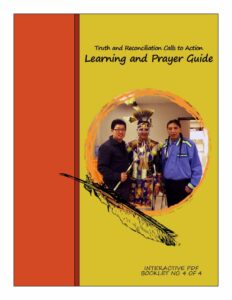
- Truth and Reconciliation Prayer Guide
- Truth and Reconciliation Commission of Canada
- Indigenous and Indian Affairs, Canada – find information and resources
- Facebook – Learn about programs and initiatives, upcoming events, and interesting content relevant to Aboriginal people and Northerners
First Steps to Reconciliation
To be agents of healing and reconciliation, we need to start by examining our own hearts. Do we hold prejudices or misconceived ideas about Aboriginal peoples? Are we aware of the lived experiences that have been harmful to their communities?
We must seek to build relationships in order to hear their stories. We can host or participate in events like the Blanket Exercise. We can pray that churches, communities, governments, and institutions will implement the 94 calls to action, which represent hope for a brighter and better future for Aboriginal people, their children, and their grandchildren.
The pathway to healing and reconciliation will ultimately depend on prayer and intentional action by individuals. It is my hope that articles, such as this one, and resources, like the Truth and
Reconciliation Calls to Action Learning and Prayer Guide, will inform and challenge the reader to embrace humility, to identify with the suffering of others, and to be intentional in taking actions that contribute to the relational healing between Aboriginal and non- Aboriginal people of Canada.
Did You Know …
- There are more than 630 First Nation communities in Canada, which represent more than 50 nations and 50 Indigenous languages.
- The term, “Aboriginal” includes First Nations, Inuit, and Métis.
- People identifying as Aboriginal represent approximately 4.5 per cent of Canada’s population.
- Ontario has the largest Aboriginal population, followed by Manitoba, Saskatchewan, and British Columbia.
- Winnipeg has the largest population of Métis, about 6.5 percent.
- Aboriginal children aged 14 and under make up 28 per cent of the total Aboriginal population and 7 percent of all children in Canada.
- Almost half of all children aged 14 and under in foster care are Aboriginal children.
- Less than half of First Nations children live with both parents.
- Inuit have a median age of 23, First Nations at 26, followed by Métis at 31.
The Kairos Blanket Exercise
In 1996, the Aboriginal Rights Coalition (which became part of KAIROS in 2001) worked with Indigenous elders and educators to develop an interactive way to learn
the history most Canadians are never taught. KAIROS: Canadian Ecumenical Justice Initiatives and its partners have since offered the KAIROS Blanket Exercise thousands of times, presenting Canada’s history from the perspective of Indigenous peoples to churches, schools, and community centres from coast-to-coast-to-coast.
The KAIROS Blanket Exercise uses blankets to represent the lands of what is now called Canada. Participants represent the First Peoples—the distinct cultures and nations which live on those lands to this day. When they move onto the blankets, they are taken back in time to before the arrival of the Europeans.
Working from a script, the Narrators and Europeans journey with the participants through the history of treaty-making, colonization, resilience and resistance that resulted in the country we today call Canada.
The KAIROS Blanket Exercise lasts about 40-50 minutes. Because it can stir strong emotions, KAIROS strongly suggests it be followed by a talking circle or debrief, ideally led by an Indigenous elder, traditional knowledge keeper, or trained health support worker. KAIROS also encourages, if possible, the participation of Indigenous people to provide support, to open and close the event, to acknowledge the traditional territory, and to share how the content resonates with them and the experience of their people.
KAIROS invites community members to use the KAIROS Blanket Exercise in their faith groups, Indigenous communities, classrooms, workplaces, or wherever the opportunity arises to have these important conversations about our shared past and future.
For more resources visit kairosblanketexercise.org
Visit the 2:53 minute video on the Blanket Exercise – vimeo.com/107962612
Share:
Find more posts about:
joanne.beach
Support the mission
The Global Advance Fund (GAF) is a pooled fund that supports our workers in Canada and around the world to share the Gospel with people who haven't yet heard the name of Jesus. Your continued generosity equips and sustains our workers and their ministry.
